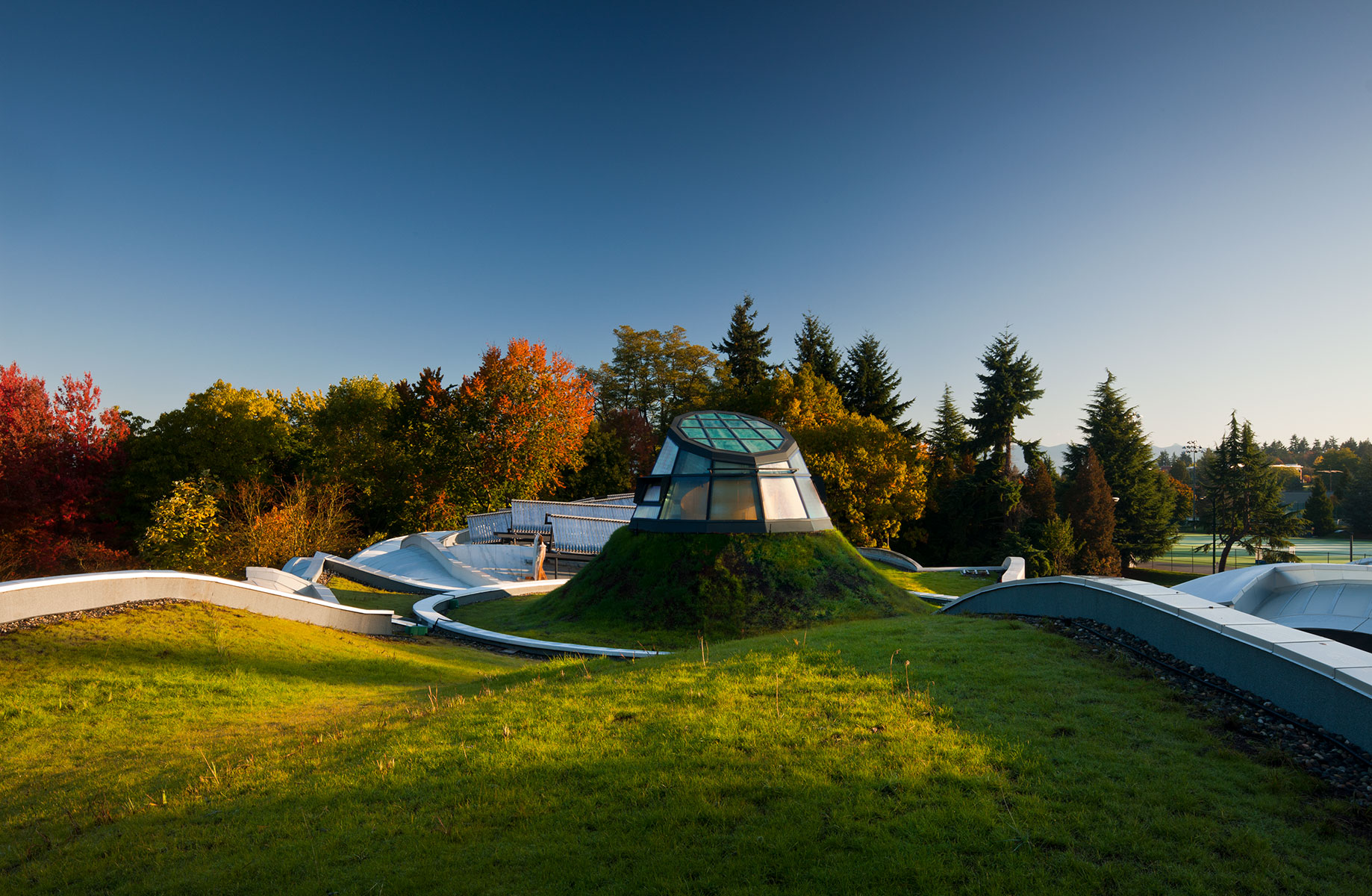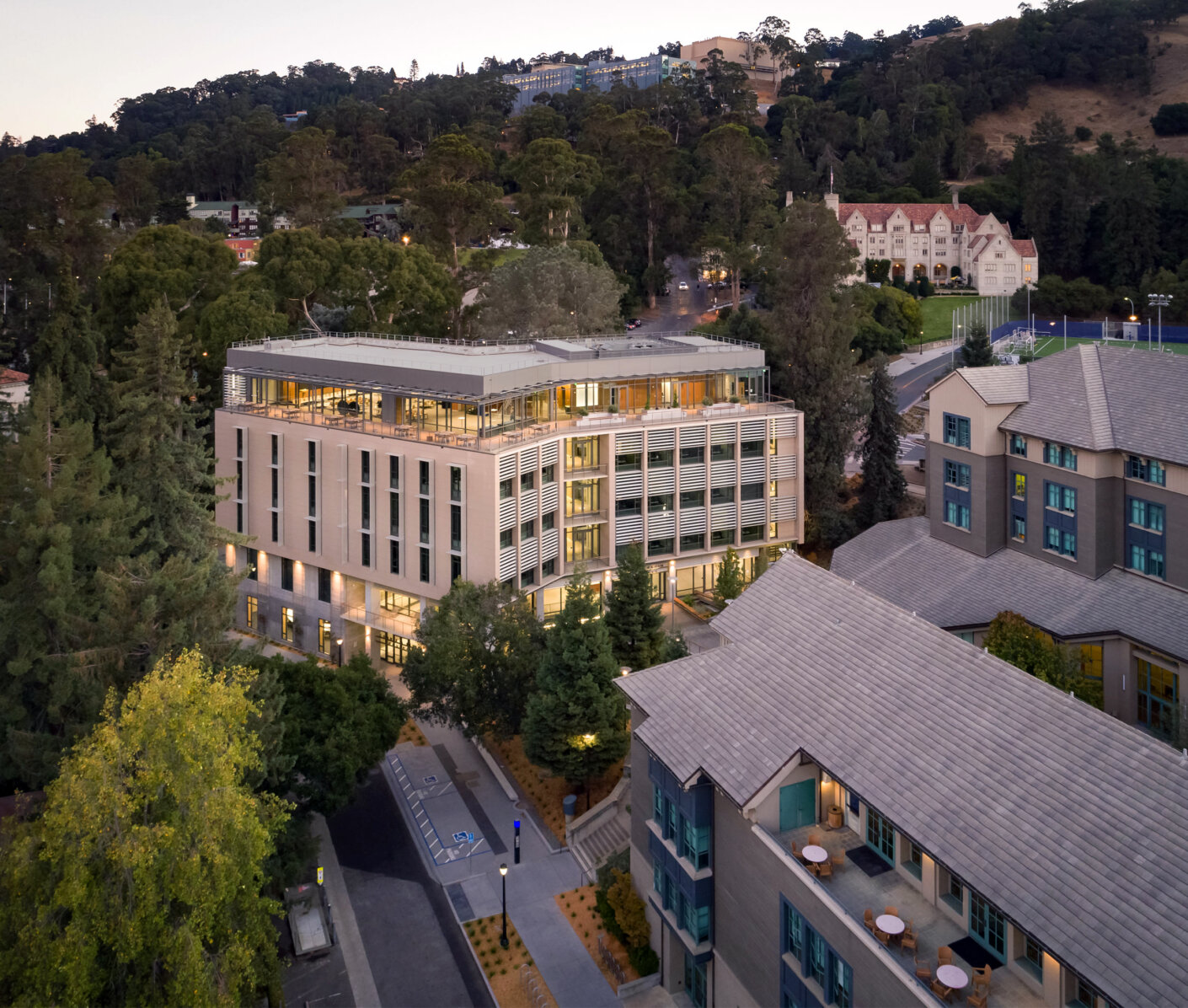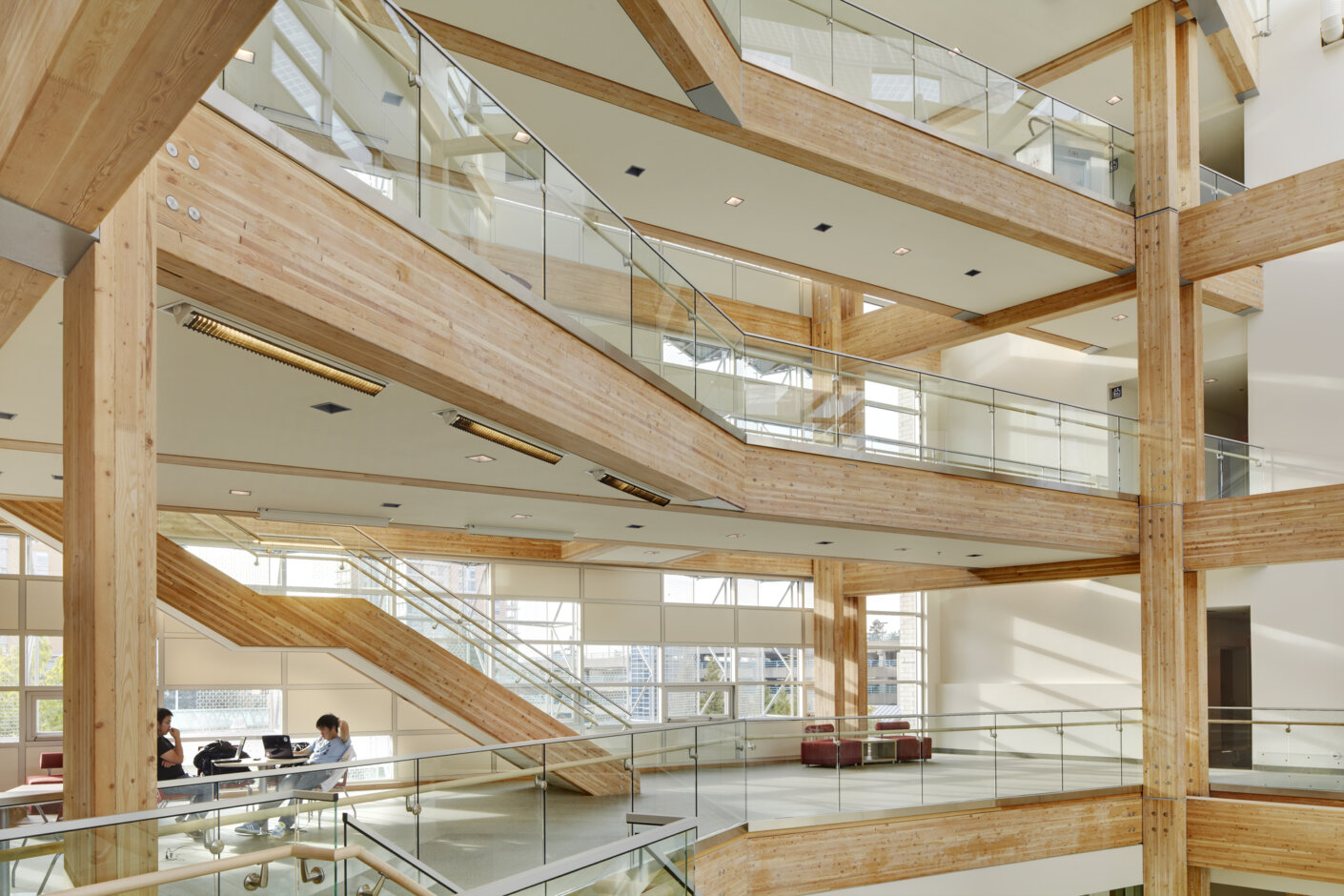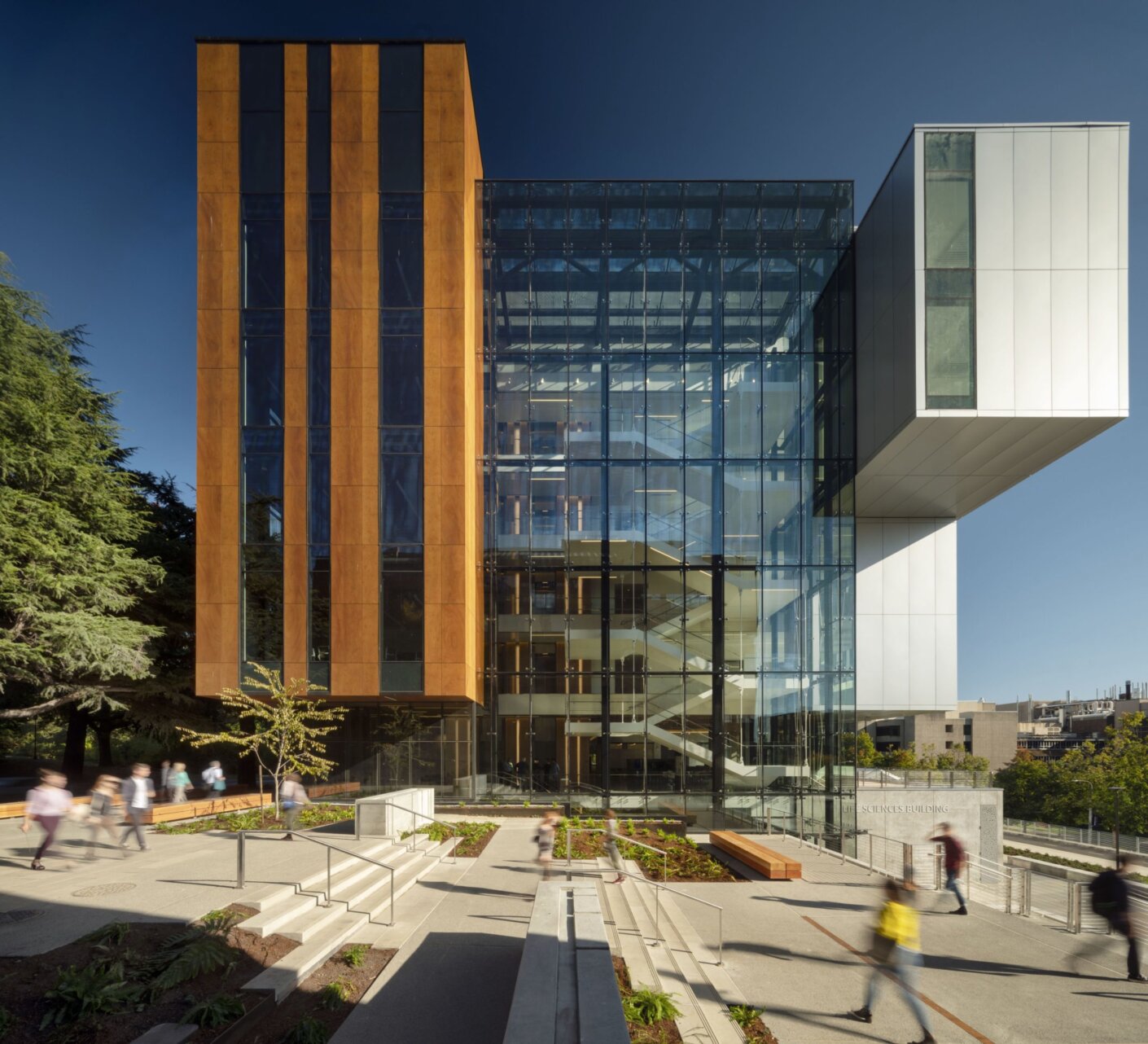Lag Time for Impacts
Lag times exemplify yet another similarity between the environmental movement and the current pandemic. In the instance of COVID-19, it can take anywhere from 2-14 days after exposure before symptoms start to appear. There is an even greater lag time (often measured in years) between how our actions toward the environment today are impacting the health of the environment tomorrow.
These timelines are hard to conceptualize and can often be the root of inaction. However, seeing how the global community has abruptly upended all social norms in response to COVID-19, it is unlikely this pandemic will be forgotten quickly. What remains is a question of how we will design our built environment in the future. While none of us has a crystal ball, it seems likely that many will push for holistic design that addresses adaptability and flexibility.
Where There’s Opportunity
The conversations around both the environmental movement and the COVID-19 pandemic have been focused on resolute action yet shrouded in emotion. While science and logic remain the foundation upon which to build solutions, logic alone will not propel the movement forward; passion is needed to ensure action. The COVID-19 pandemic has shown us is that resilient design must be the rule, not the exception. Imagine how much more prepared the world could have been had we had a global design response that anticipated disruptions from pandemics or climate shocks and stressors. Let’s be proactive as a global community. Let’s act now and heed the warnings of both climate scientists and infectious disease experts.
One of the silver linings to the current crisis is that, in recent weeks, much of the world has come together in unprecedented ways. We’re sheltering in place, social distancing, and innovating in a myriad of ways to help our clients and communities survive and thrive.
Prior to the pandemic, several scheduled 50th anniversary Earth Day celebrations were envisioned as an opportunity for individuals to congregate together across diverse public spaces, as a physical reminder that our collective action can further fuel the movement that has carried us the past five decades. The gatherings were intended as an imperative. As we reflect today on the past 50 years of the environmental movement—confined on this Earth Day 2020 to our homes, isolated from our loved ones and presently dormant communities—let’s not lose hope. Because there is a lot of hope that the lessons we’ve learned about our environment and our health will have a positive impact how we design for life in the future. We’re all in this together.



